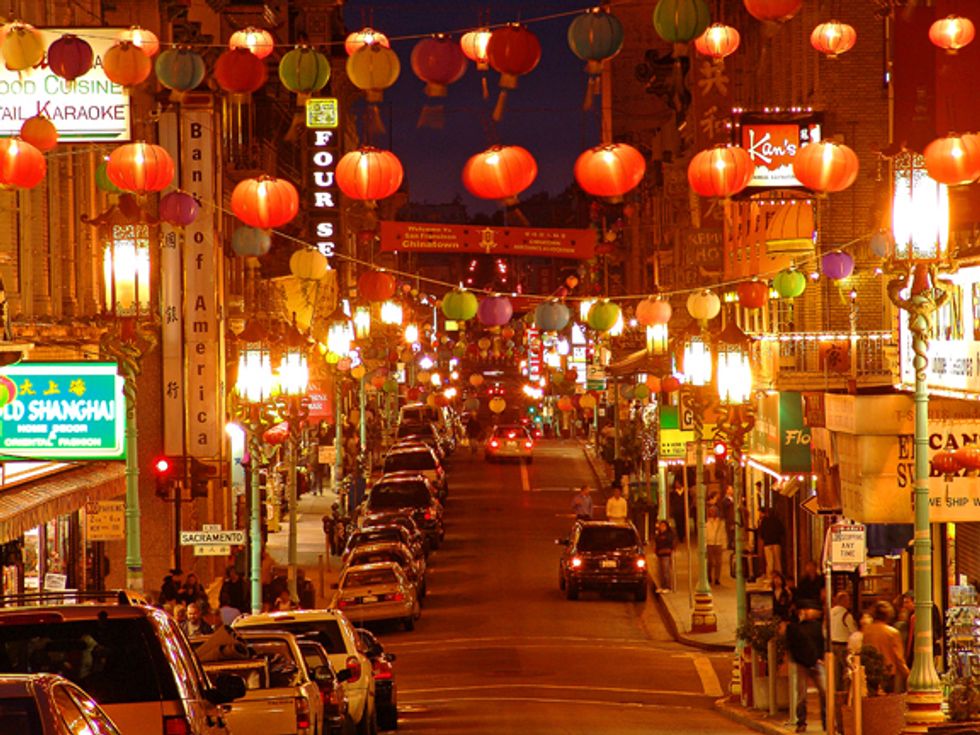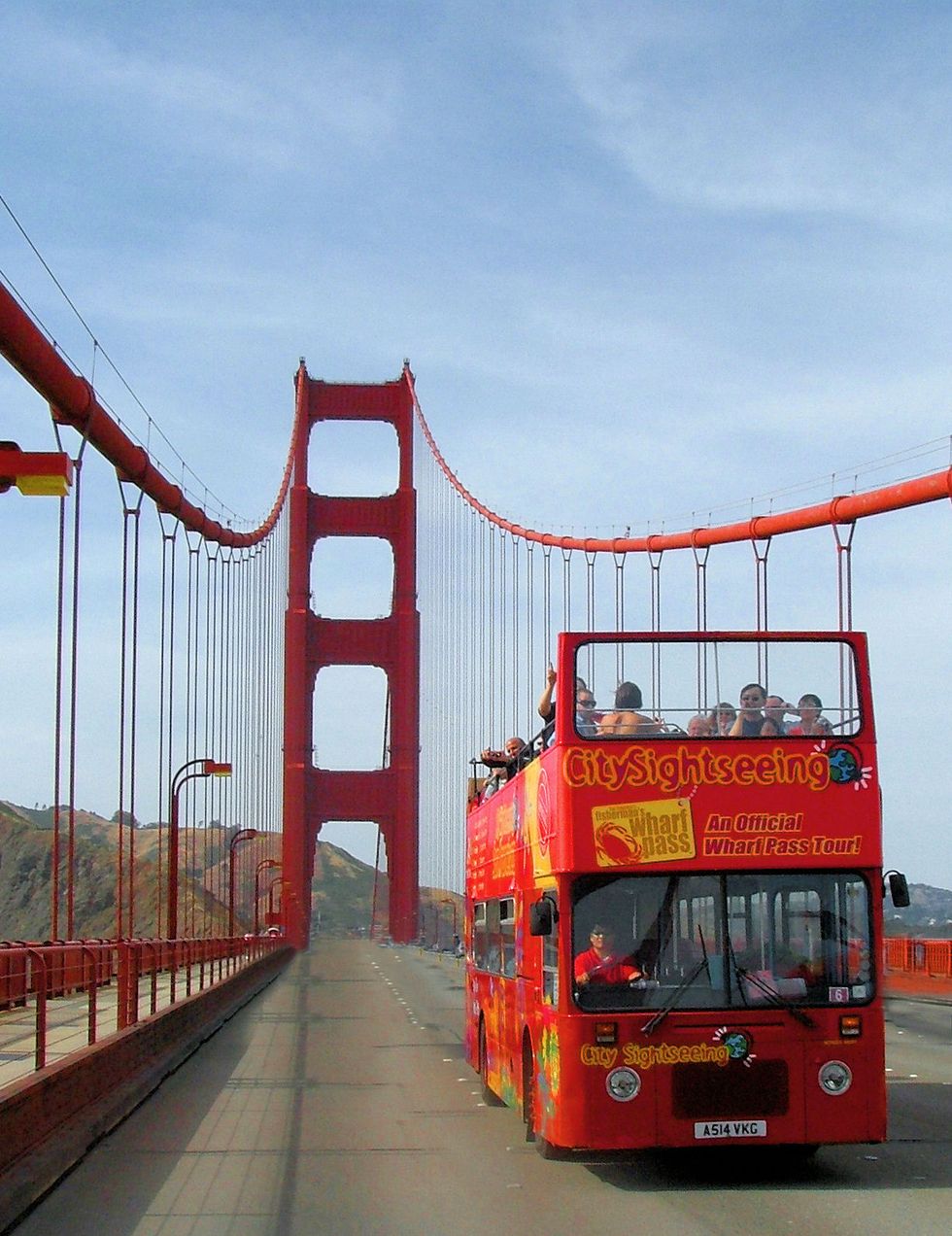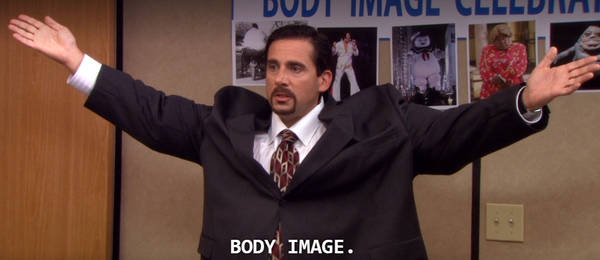Whenever I think of San Francisco, I always think of Chinatown. I don't know exactly why this is: it is neither my favorite place in the city nor somewhere I go particularly often. San Francisco is by no means the only city to have a Chinatown, though it is the largest and oldest area of its kind, spanning about a dozen streets near Union Square and downtown.
Compared to Portland's Chinatown, for example, San Francisco's seems sprawling, but it is walkable in about twenty minutes, allowing for plenty of foot traffic. This manageable distance makes it perfect for tourist groups, many of which use the neighborhood as a stop on their way to Union Square from North Beach or the Mission district, both of which possess a great deal of their own cultural history.
The main difference between these neighborhoods and Chinatown, one which is immediately apparent, is the sheer number of people. In the city as a whole, the average population density is about 17,000 people per square mile; in Chinatown, that number is more than tripled, with 15,000 people living in 20 square blocks. As well, the surrounding neighborhoods are primarily European in origin; as the one large Asian community in the city, Chinatown has a feel that's all its own, driving many all-city tours to put it on the list as just one more stop to diversify their route (and, hopefully, attract more tourists).
Full disclosure: though I am reasonably familiar with San Francisco, I too count as one of those tourists. Living in Northern California, I generally get to visit the city three or four times a year, but I am by no means a local: I still find myself surprised and confused by all of the intricacies of navigating a city and trying to figure out how in the world public transit is supposed to work.
On a recent visit, I took the typical tourist route in search of some boba tea, a traditional Taiwanese drink with small tapioca "bubbles" in it; I am still learning to appreciate it. On my walk through the neighborhood, I noticed a great number of tours, some walking and others riding double-decker buses. A few of these were site-specific: I saw one group of Tae Kwon Do students following their instructor as he gestured at the fruit for sale at a market booth, and another small clump of khaki-clad women watching a man in a wig and heels as he pointed out a Chinese Methodist church that served as an important site for the gay rights movement. The vast majority of tours, though, were city-wide, just passing through on their way to somewhere else.
The largest and most obtrusive tour I saw was situated on an orange bus shaped like a boat, which was billed as a "land-and-water journey" through San Francisco. The boat-bus was driven by a tour guide who was talking nonstop into a microphone, and his voice could be heard from several blocks away. As I listened, he made a few jokes about the signs on a nearby restaurant, which were written in Chinese characters. Then he said, in a more somber tone, "Listen, I've lived here my whole life, folks, and I've never learned Chinese. This is how you say hello in Mandarin."
Here he passed the microphone to his assistant, a small woman in a grey sweatshirt and glasses, who muttered a short phrase into it several times. The tour guide and his group repeated her, and then he took back the microphone, saying loudly over the sound of the last few tourists trying out the new word, "See? You'll be learning Chinese in no time."
I think it's fair to say that large-scale tours like this, by treating the neighborhood as a more "foreign" stop amidst the rest of the city, run the risk of exoticizing it. Through their superficial treatment of the area, they can make it seem like something completely separate from San Francisco, instead of a living, breathing place populated by real people leading very real lives. Only 28 percent of Chinatown's residents are born in the US, 18 percent in the state, and 55 percent speak English poorly or not at all. This makes it relatively easy to box most of the neighborhood's residents into a certain category, that of troubled immigrants struggling to survive in a city that has proved to be less than hospitable.
Some parts of Chinatown do seem to exist solely to cater to the white American tourist, someone who has little experience with Asian culture and who, for some reason, feels a burning desire to own as many tiny fake license plates with his or her name on them as possible. But beneath that, there is the undeniable fact that the people selling those license plates do have their own culture and heritage, that they lead a complex and varied life that is not defined by their ability to make money selling three-dollar postcards and hoodies with the Golden Gate on them, but is oftentimes dependent on it.
While it's not feasible to do a tour that focuses intimately on the lives of residents instead of on a place, and while that might indeed defeat the entire purpose of being a tourist, it is possible, and I think preferable, to tour based on one place or theme. All of the smaller tours I observed were the most successful at doing this. The one dealing with LGBT activism, for example, was not based solely in Chinatown, but by examining just one facet of its history, visitors got to feel like they'd explored the place without the mistaken impression that after a five-minute drive during a busy Saturday they were suddenly experts on it.
It's understandable that, on visiting a place for the first time, one wants to take in as much as possible. By helping people do this, though, large non-specific tours lose what makes parts of the city so unique and special, and in the case of Chinatown, they help convince both tourists and residents that the neighborhood and the people who reside there are nothing more than a stop along the way.




















